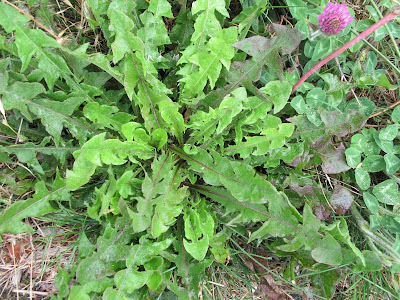MCGA's Most Common Weeds (A short and not exhaustive list)
1. Comfrey-Marymoor park would like our help to eradicate this weed from the park. Comfrey is a deep-rooted plant and must be dug out all the way down to its roots. Any remaining roots will resprout continually. It can grow to 4 feet tall.
2. Morning glory-Controlling bindweed can be difficult, but it can be done if you are willing to take the time. Part of why it is so hard to get rid of bindweed is that it has a large and hardy root system. Single attempts to remove bindweed roots will not be successful. Roots have to be investigated, traced, and dug out.
 |
| Morning glory roots |
3. Buttercup-Buttercups form a creeping mat of dense foliage that can quickly overtake the lawn or a garden bed. These perennial plants bear dark green, three-segment, toothed leaves and produce yellow flowers. Buttercups spread through both extensive roots and seeds. The only way to remove this plant is to dig this weed out manually.
4. Quack Grass and Crab Grass- These two grasses are hard to eradicate!
Quack grass has miles and miles of white roots. Each root segment will develop into a plant unless removed. When digging quack grass follow each root and remove as much of it as possible.
Crabgrass is slightly different. It forms an umbrella-like clump with tiny but firm roots. Pull and dig the entire clump out to remove the plant.
5. Dandelion-Dandelions are a tap-rooted weed; the main root is long and thin like a carrot. Removing the green top will not get rid of the plant, the entire root must be dug out and removed.







No comments:
Post a Comment